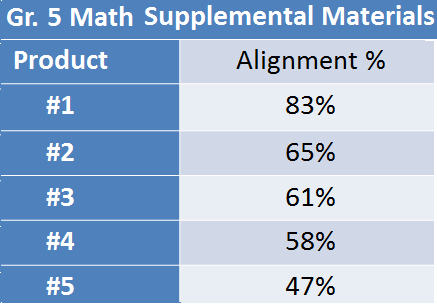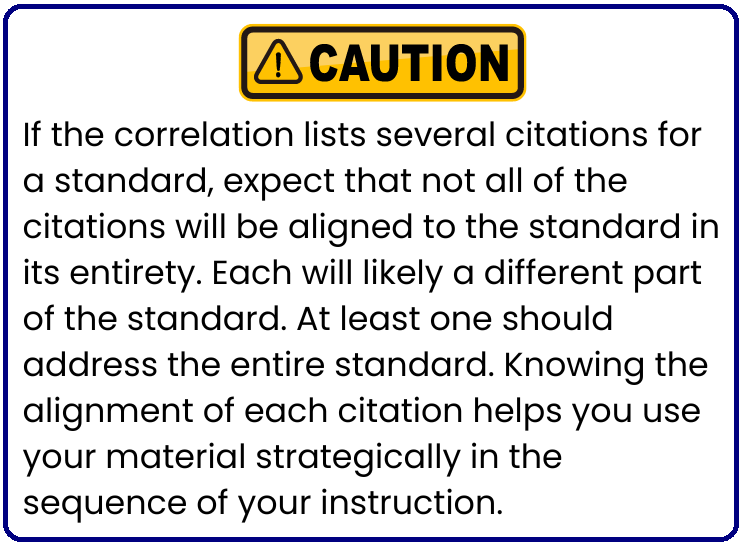
Are you teaching a new grade level or subject this year? If so, you likely do not feel like you have had enough time to plan.
Three years into my teaching career I moved between campuses and inherited a book cart full of textbooks and supplemental materials for my new assignment. I had no idea whether the materials were current or well-aligned to the current standards for the course! To make things more difficult, I was a singleton teacher and had no one to ask. It took me a long time to wade through what I had, and I am quite sure that I was missing components of the material that came with the original purchase.
If you are in a similar position, consider these suggestions to help you plan instruction efficiently with materials you have inherited.
1. Get to know the resources you have available to you
Identify which of the district’s materials are comprehensive/core and which are supplemental. You will have more success if you use your materials for their intended purpose. As a new teacher for the course, you would likely want to primarily use your comprehensive/core material. Comprehensive/core materials include broad, deep discussions of content, remediation and enrichment activities, formative and summative assessments, supports for students, and teacher resources.

While you may be tempted to use an engaging or familiar supplemental resource you have access to as the primary material, keep in mind that supplemental materials are not designed to be the sole instructional resource for a course. Rather, these materials intend to complement, enrich, or extend the content of comprehensive resources. For that reason, supplemental products will vary significantly in terms of their alignment to standards.
Most supplemental materials are not aligned to 100% of the standards for the course/subject. Even if a material is 100% aligned, it is likely to be thinly aligned, meaning there will not be many aligned citations for each standard. This is because supplemental materials generally are designed for a specific purpose, such as to provide additional practice on a subset of standards that students typically struggle with, or to prepare students to master the standards that are likely to be assessed on the state’s assessment.
2. Identify the other instructional resources that are included with(in) those materials
Take some time before school starts to browse through the teacher and student editions of your available materials to identify additional components of the material. In some materials, the additional components, such as lesson plans, leveled readers, simulations, games, and tutorial videos, are easy to see. In others, it may take some digging to figure out how to access those resources. You may also strike instructional gold in the publishers’ “Help” sections. Additionally, your predecessor may have left you a list of the online resources and consumables he/she used. If not, check with other members of your team to see which resources they use.
3. Identify which of your materials are current
Sometimes teachers keep print materials purchased prior to the implementation of the current standards. Such materials could be used to provide additional practice on some standards, but they will certainly not address all of the current standards. Here are two easy ways to determine whether a material left for you preceded your current standards:
- Compare the material’s publication date to the date the new standards were implemented.
- If provided, use the publisher’s correlation document to identify which standards are addressed in the instructional material.

4. Identify citations (e.g., lessons, activities, quizzes) that are aligned to the standards you will be teaching
When planning your instruction, check that the citation(s) you plan to use is/are aligned to the content, context, and cognitive demand of the standards you will be teaching. Students cannot learn what they are not taught. In order to ensure that your students learn the knowledge and skills your state standards require, your materials must be aligned to those standards.
Check to see whether the district has already mapped its resources to the individual units of the district curriculum. If so, this should save you hours of planning time, as the district curriculum will identify the materials, and hopefully, even specific lessons, activities, and quizzes within each material that is/are aligned to each of the standards in each unit of instruction.
Thinking back to my third year of teaching, I would have saved so much planning time if I had known how to check my materials and done so before the school year started. I didn’t. I hope these suggestions help you prepare efficiently for the new school year so that your students have the best opportunity for success.
Have questions? Contact us. We are happy to assist with information about any material we have reviewed.